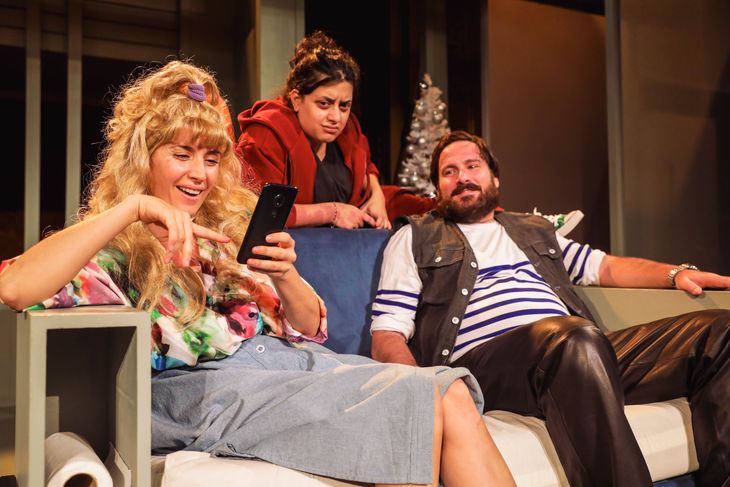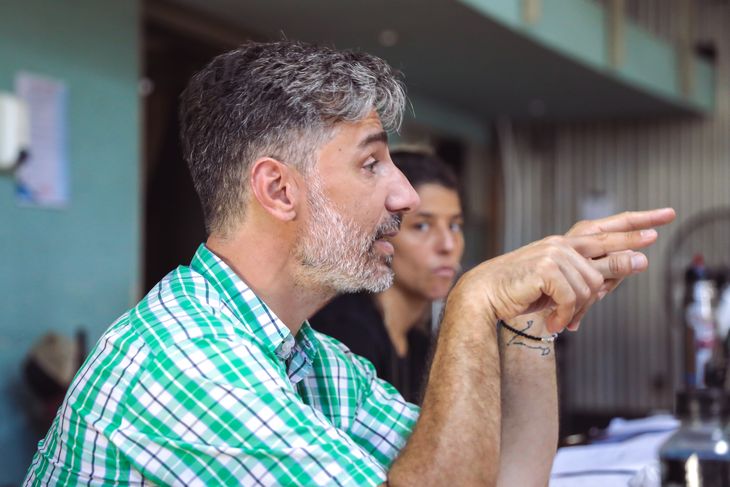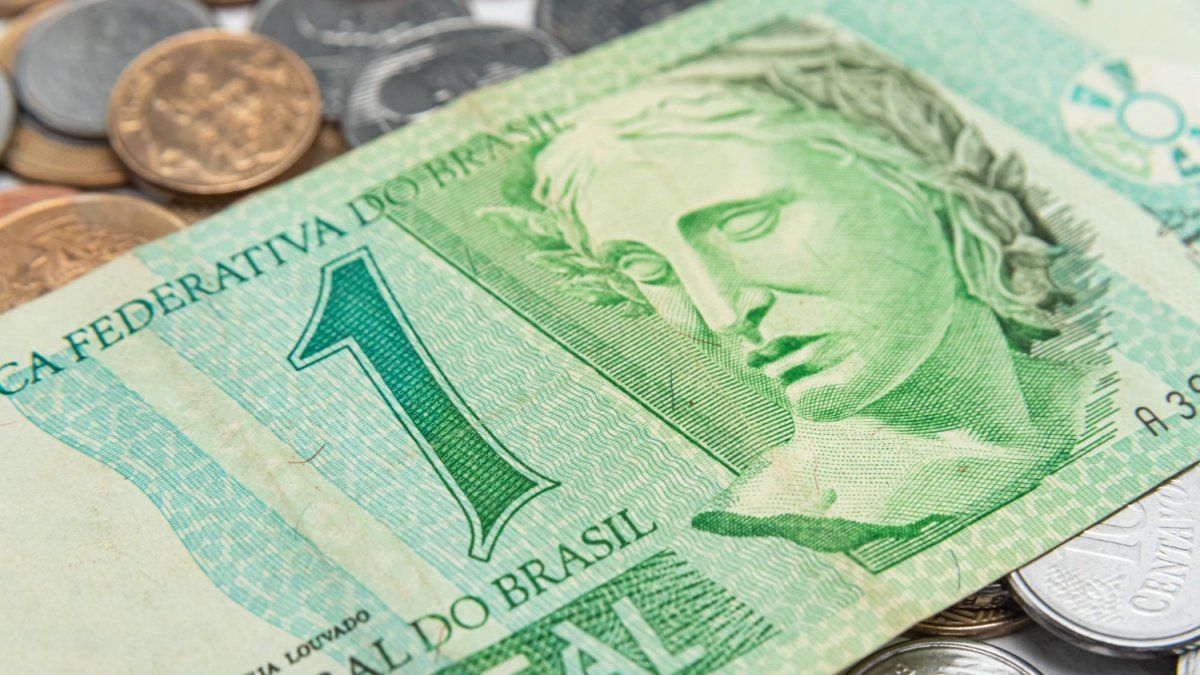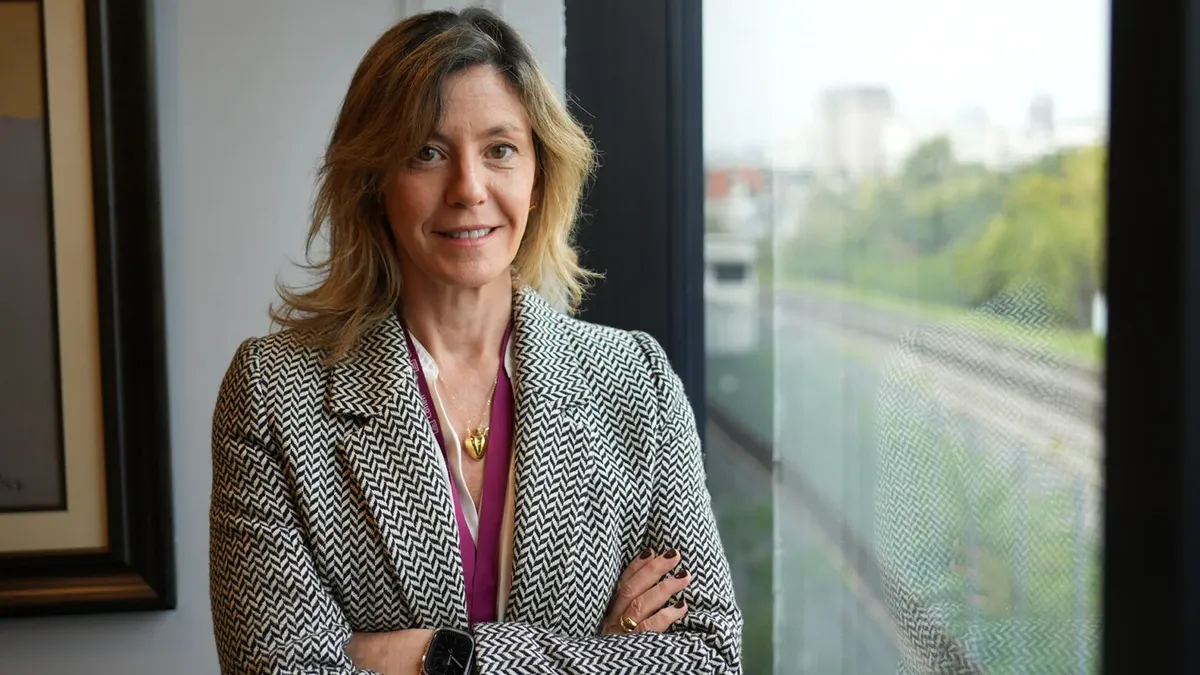“The work was launched with the idea of a man who walks through life with an artificial heart, who wanders around and drags a device with wheels that keeps him alive because he does not have a heart, for some reason,” says Franco Verdoia, author and director of “Kill an elephant”, which premieres at the Teatro Cervantes on April 4.
This is one of the first releases in the theater Luisa Vehil of the Cervantes National Theater, whose programming was decimated due to cuts in Culture with postponements of works that went to next year. The Cervantes has an artistic director of the stature of Gonzalo Demaría, who passed through that theater with “Comedy is dangerous” and is the author of the excellent “Tarascones” and “The Romance of the Bacchus and the Cow”, among many others.
Demaría He was in charge of reorganizing the programming to continue with productions, especially the largest ones in times of cuts. Demaría announced the programming for this year, with part of that of 2023, as “Kill an elephant”, and additions that he added from his curatorship, such as “Chin Yonk strikes again,” a musical with a live orchestra, Fernando Albinarte and directed by Sebastian Irigo.
The cast of ““Kill an elephant” It is made up of the people of Cordoba Berenice Gandullo, Julieta Lastra, Gerardo Serre and Sebastián Suñé; has musical design Ian Shifres, lighting David Seldes and Matías Sendón, locker room Jorge Lopez and scenography Alexander Goldstein. We talk with Verdoia about his work and his debut at the Cervantes.
Journalist: There is an essay by George Orwell that has the same name, were you inspired by that?
Franco Verdoia: I had not read it and although there is an elephant in both of them, in Orwell’s they send it to be killed for its aggressiveness and in my work there is an accident that could have been avoided.
Q.: You wanted the cast to be from Cordoba, why?
FV: From the conception of the work, language was fundamental, I wrote as a Cordoban, listening to the way we communicate, using that language and I always imagined a cast of native Cordobans because I felt that it was the only way to reproduce what I I wanted. Materials that imitate accents from our country and are not fully incorporated make me a certain noise. The accent is on the body, from listening to our mothers from the belly. There is some humor, words that are part of the Cordoba dictionary that shape the way the characters relate. Viewers may be left out, at times, by certain regionalisms, but that was the deliberate search. I bring Cordoba because it has to do with my upbringing, it was very embedded in my way of building worlds and languages and it visits me all the time.
Q.: Why do you return in your works to the town and your childhood friends, when you emigrate and when you return?
FV: I have a very deep relationship with my place of origin, those friends with whom I lived throughout my adolescence and childhood and with whom I remain in contact and we are family. The most endearing relationships of my life were given to me by my hometown, I return constantly, it is a territory that questions me why I left. Having left was longed for and had to do with my profession, the country was different, the connectivity was not such, you had to leave to be able to achieve what you dreamed of. My family was able to support this emigration but at the same time that fulfilled dream brought guilt, the other side of uprooting. That continues to have an effect today in my present, there is something about my land that I miss, entering houses through the garage, taking a nap, getting together to drink mate, there is a cultural issue and attachment to the small cities that mark us.
Q.: Your previous work was “Late el corazón de un perro”. Now there is an artificial heart and an elephant.
FV: The work was launched not with the idea of an elephant but of a man who walked through life with an artificial heart, a character who walks around and drags a device with wheels that keeps him alive because he does not have a heart, for some reason. From that image the town, the friends and the return appear. The fear of staying forever is connected to the fear of never being able to leave. When there is the desire to leave, the threat of return is a recurring nightmare, it becomes tense when the place from which one left is pulled by that deep, genuine and questionable love. There a contradiction occurs and generates the trap from which it is so difficult to get out.
Photo by Franco Verdoia PH Mauricio Caceres -072.jp.jpg
Franco Verdoia while rehearsing with the actors.
Q.: You also wonder about man and his relationship with art.
FV: Yes, a visual artist who gained notoriety and was the pride of the people but due to a setback, just as they catapulted him into that limbo of fame, they now bury him. This work reflects on the dedication of the body to the service of art, how the artist commits parts of himself to build something of a hedonistic order. “Look at me, here I am,” which is what I end up doing with this work. The journey of the body has a significant value because it is linked precisely by the fragility of a body that detaches itself from an organ and is still alive, with the imminent possibility that the beating heart will go out and cause death.
Q: What is this experience like at Cervantes?
FV: I always dreamed of being there and they have a production, art, set design, costumes and makeup team that is a luxury, they surround the project with great care and meticulousness. It relaxes the creative processes that are always on the backs of those of us who do independent theater, so we do a thousand things at the same time so that the money works and we get the resources. Resolving with what there is. Working in this structure where this is facilitated without it being wasteful means that my gaze is placed at the service of the artistic and not on everything else. Being able to have continuous rehearsals, covered by a salary, makes one have the availability of time and dedication to work. In the independent one one rehearses little, enough so that the work is put together as quickly as possible but without continuous structures from Monday to Friday in a space. This makes the passage from text to space quick, enjoyable, joyful. And experimentation. What you will see does not betray the independent spirit, what was placed has to do with my poetics and search.
Q: What can you say about this difficult moment for theater and culture?
FV: I see a wounded, fragile moment, of vulnerability, incomprehension. I feel that a demonized image of cultural actors has been built, there was unfair manipulation around those of us who work in culture from different areas. It’s all mixed up. Foci of cultural development are in danger. I see a system that did not carry out deep and conscientious supervision but rather a great dismantling. It makes me sad because Argentina has enormous cultural potential and highly talented technical artists. That great network is eroded, lacerated, but there is a creative impulse that keeps that fabric beating, that heart. We are used to going through what happens with the body.
Killing an Elephant – Mauricio Caceres TNC – 0069.jpg

A scene from “To Kill an Elephant.”
Source: Ambito
I am an author and journalist who has worked in the entertainment industry for over a decade. I currently work as a news editor at a major news website, and my focus is on covering the latest trends in entertainment. I also write occasional pieces for other outlets, and have authored two books about the entertainment industry.




